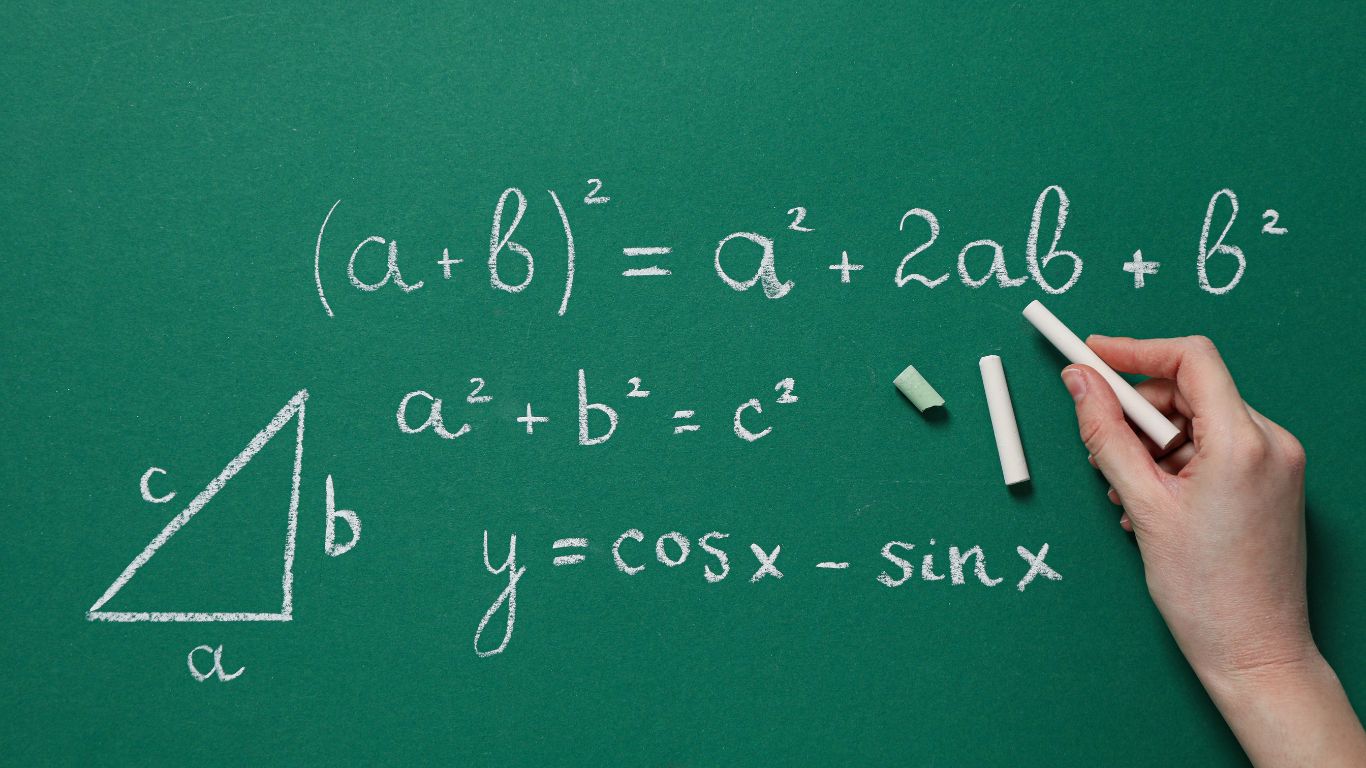To graph the equation `y + 3 = 2(x + 3)`, we’ll use the given information to determine the slope and y-intercept, then plot the line on a graph. Follow these steps to create a linear graph for the given equation:
Step 1: Identify the Slope and Y-Intercept
- Slope (m): The slope of the line represents the steepness and direction of the line on the graph. For our equation `y + 3 = 2(x + 3)`, the slope is 2. This means that for every 1 unit change in `x,` `y’ will change by two units.
- Y-intercept (b): Rewriting the equation in slope-intercept form `y = mx + b` might make it easier to identify the y-intercept. Simplifying our equation:
y + 3 = 2(x + 3)
y + 3 = 2x + 6
y = 2x + 6 – 3
y = 2x + 3
We can see that the equation’s y-intercept is 3.
Step 2: Graphing the Equation
Using either Desmos Graphing Calculator or Graphmatica, the process is as follows:
- Start by plotting the y-intercept (0, 3) on the graph. This is where the line will cross the y-axis.
- Use the slope to plot a second point. Since the slope is 2, from the y-intercept, go up two units vertically and move 1 unit to the right horizontally to find the next point (1, 5).
- Connect these two points with a straight line. This line represents the graph of the equation `y + 3 = 2(x + 3)`.
Your line should ascend from left to right because the slope is positive.

Point Plotting
- Point 1 (Y-intercept): `(0, 3)`
- Point 2: Use the slope `2` from `(0, 3)` up `2` units and `1` unit to the right to reach `(1, 5)`.
Final Graph
The final graph should display a line that intersects the y-axis at point `(0, 3)` and ascends with a slope of `2`. This means the line goes up two steps for every step right on the x-axis.
When graphed correctly, any point on this line will satisfy the equation `y + 3 = 2(x + 3)`.
Step 3: Verification
- Select another point on the line to verify the graph and insert its coordinates into the original equation to ensure they satisfy it. For instance, point `(1, 5)` should fulfill the equation:
y + 3 = 2(x + 3)
5 + 3 = 2(1 + 3)
8 = 2(4)
8 = 8 ✓
This confirms that the graph represents the equation accurately.
Conclusion
Graphing linear equations is a crucial skill in mathematics, and it provides valuable insight into the relationship between variables. Remember to follow the steps carefully, identify the slope and y-intercept accurately, and verify your graph to ensure its accuracy. With practice, you’ll be able to graph more complex equations effortlessly. Keep exploring different types of graphs and their corresponding equations to strengthen your graphing skills.









